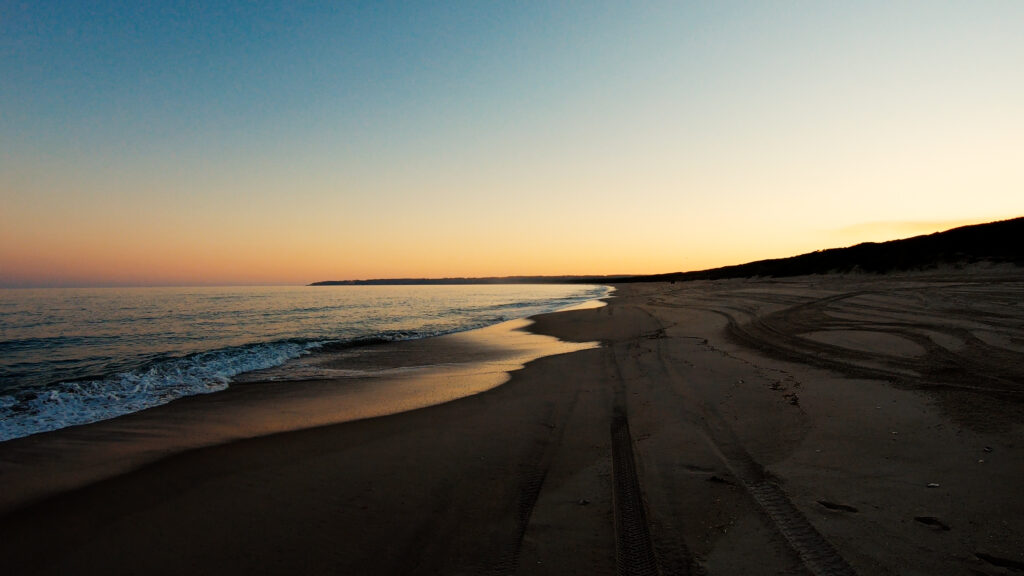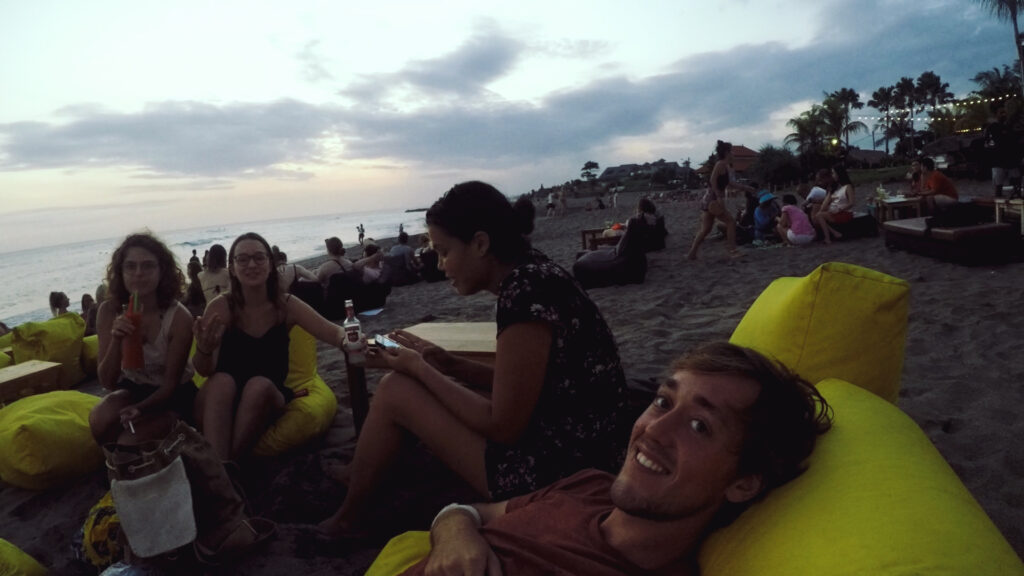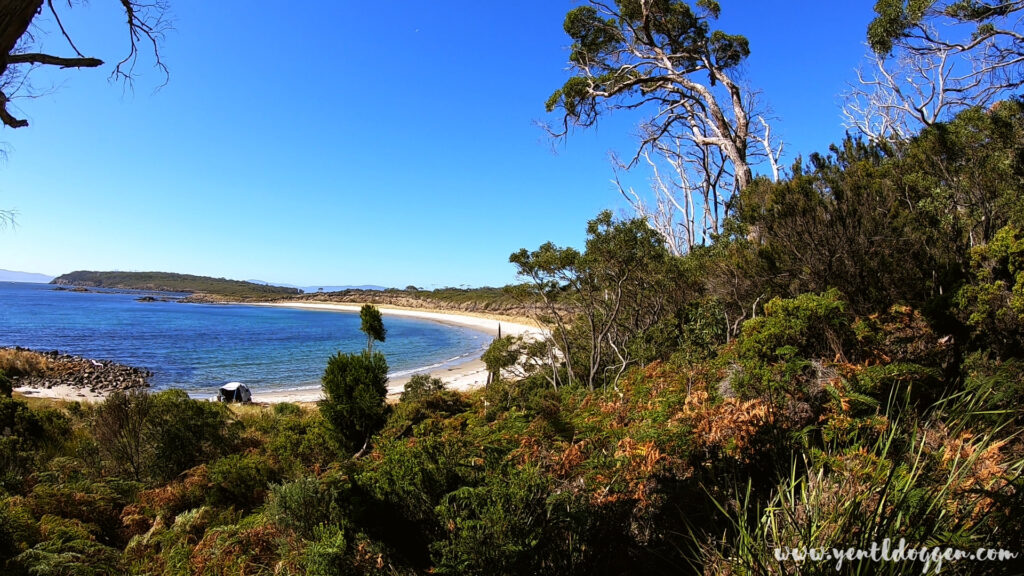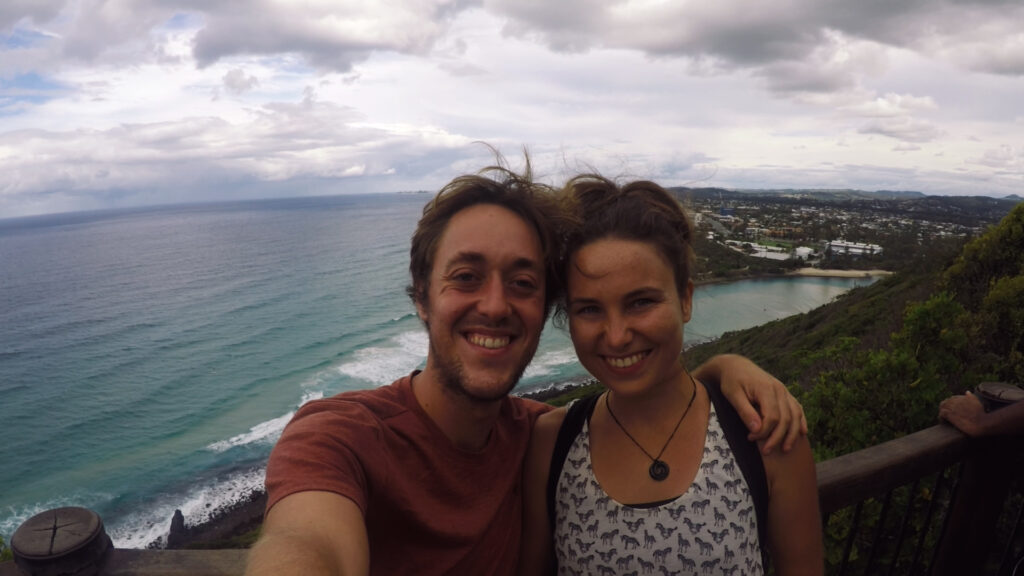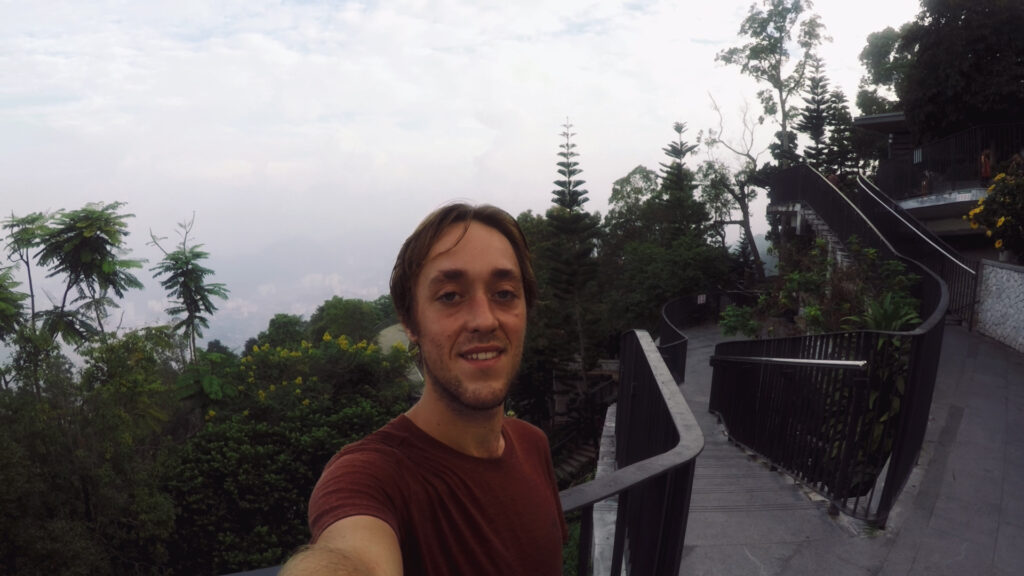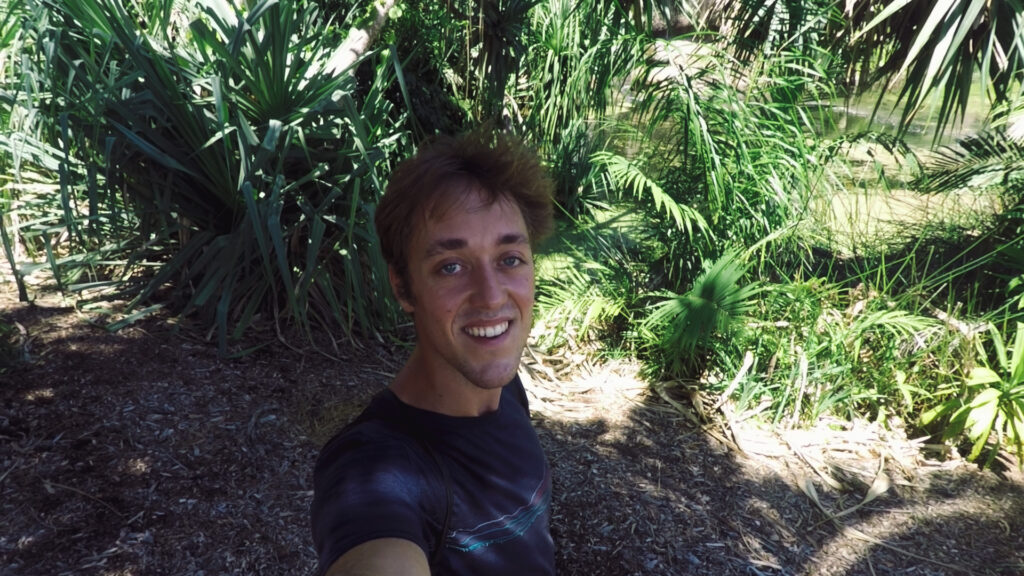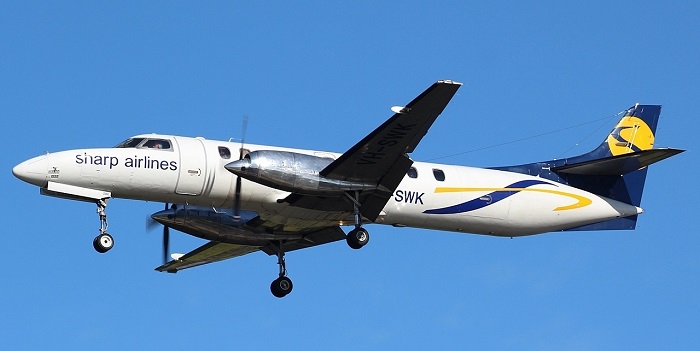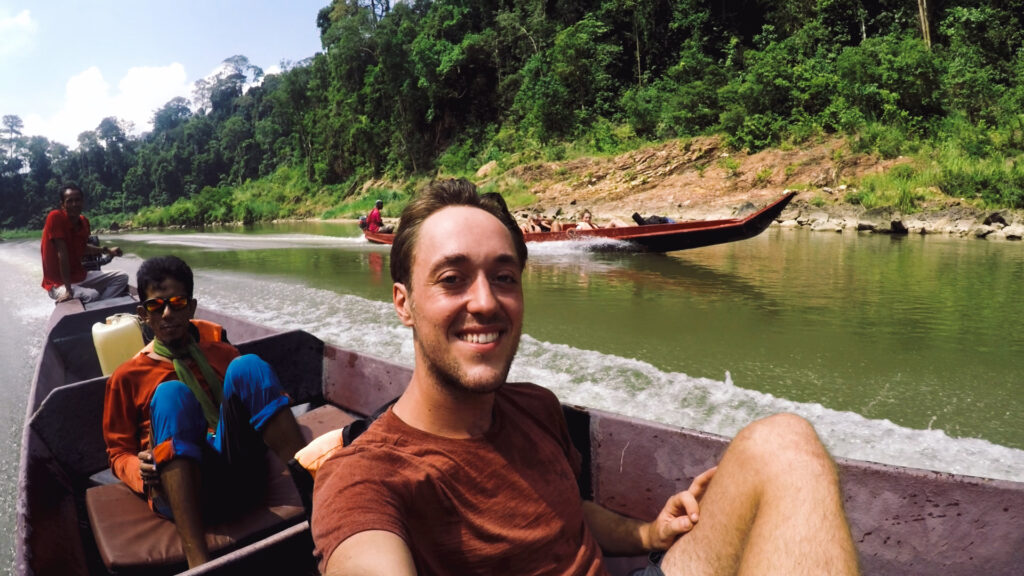travel, Travel Guides, Travel Tips
A guide to getting your Scuba Dive Certification
When I booked my first flight to start travelling the world, I didn’t have anything planned. There was only a bucket list to work through along the way. One of the first items on that bucket list was Diving at the Great Barrier Reef because who wouldn’t want to go diving on the world’s most renowned reef when you travel the world? Months later, in March 2019, I randomly signed up for a PADI course to tick off that box. Little did I know that I would fall in love with diving. However, I would have enjoyed my course more if I had known what to expect. Now, years later, after completing my Divemaster course, I’m happy to write a comprehensive guide on getting your scuba dive Certification.
In this guide to getting your Dive Certification, we look at scuba diving and the different training agencies to get your diving license. Afterwards, we have a quick peek at everything you can expect from a diving course, including all the skills you need to master. Furthermore, there is a section on choosing your diving school, how long your course might take, and all the gear you will use during your course. Enjoy!
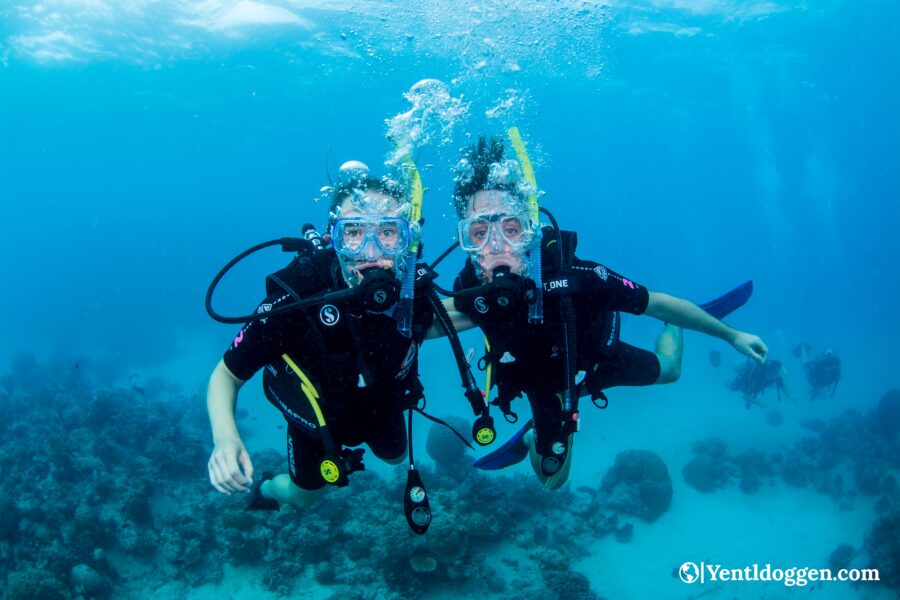
What is a Scuba Dive Certification:
A Scuba Dive or an Open-Water Diver Certification is the basic entry-level program of most diving agencies. The Open-Water is the minimum course required to dive without immediate professional supervision as a duo. In contrast, the Scuba Dive certification allows you to dive under the direct supervision of a dive professional to a maximum depth of 12m. The training exists of 5 pool or confined water dives, four actual dives and theoretical knowledge development. Afterwards, Open-Water divers can dive to a depth of up to 18m.
The Open Water Certification gives you a lifelong diving license to dive with two people as a buddy team. The minimum age for the Open-Water course is 15 years old. However, children between 10 and 15 years old can become junior divers (12m deep and supervised) and later upgrade to the Open-Water diver. To start, you should know how to swim, and you need to pass a medical questionnaire.
There is a common misunderstanding that Introductory or Discover Scuba Dives are similar to a dive certification. In these programs, a dive instructor takes a small group of people for a pool session and afterwards for a dive no more than 12 metres deep and will do all the technical things for you. Although these dives are an excellent way to try out diving before you start an actual course, it doesn’t count as a genuine certification. However, you may want to take a Discover Scuba Diving course and do an Open-Water Certification with the same company. In that case, they usually give you a discount and sometimes make that dive already count towards your Open-Water Certification.
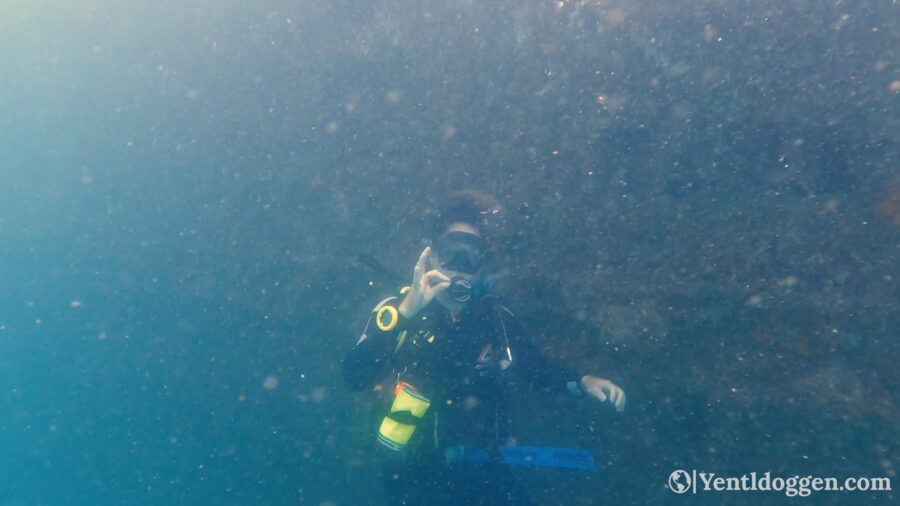
Scuba Dive Training Agencies:
Although ‘doing your PADI’ is often used when discussing diving courses, PADI is a brand. You can be certified under various dive training agencies, and PADI is just one of them. Indeed, PADI has more certified divers globally than the other organisations, making it better known. It doesn’t necessarily mean they are more recognised. Worldwide there are more than 50 agencies, so doing your PADI makes you sound unknowledgeable. In the end, you are doing a diving course.
In the beginning stages of recreational scuba diving, the dive courses of most agencies are very similar. It’s only later in your diving career that noteworthy differences arise. Since in all recreational diving certifications, you can switch between brands, it doesn’t matter which agency you use to start. Below I’ll give a short overview of the world’s better-known agencies.
PADI – Professional Association of Dive Instructors:
PADI, established in 1966, is the largest scuba diving organisation in the world. The company has a high international value and offers high-quality training, safety and customer service. The PADI Open-Water course is built on providing maximum practice with real-world applications. PADI’s scuba diving lifestyle is defined by its 4-E philosophy.
- Education: To provide people with the knowledge and skills required to participate in diving with the ability to manage risks and maintain reasonable safe. PADI courses cover the entire path between a recreational diver and a diving career.
- Equipment: keeping up-to-date with the latest diving improvements and maintaining gear for optimal uses and safety.
- Experiences: Learning through practice, becoming a better diver every time, and linking divers to each other on dive travel and events.
- Environmental Conservation: Protecting our fragile ecosystem one dive at a time. Project Aware, a PADI movement to protect our planet’s oceans, was established in 1989.
SSI – Scuba Schools International.
SSI, established in 1970, is well-known in the diving, freediving and snorkelling industry. The company’s primary goal is to unite people through communication and cooperation. It was the first scuba dive organisation with a full-training program and videos. Their success comes from maintaining high standards and focused methodology according to the Scuba Diving Diamond:
- Knowledge: Scuba Diving information makes for safe diving
- Skills: By gaining comfort through repetition, scuba diving skills should become the student’s second nature.
- Equipment: being knowledgeable about diving equipment will ensure you enjoy every moment of the dive.
- Experience: The more dives you do, the better you will be. SSI encourages students to go well above the minimum required course dives.
NAUI – National Association of Underwater Instructors.
The NAUI, established in 1959, is a non-profit diving organisation. It is well-known for its exceptionally high standards in recreational and tech diving. By the number of certifications, NAUI is the second biggest agency in the world. Various organisations, such as NASA and the US Navy Seals, use NAUI in their training programs. The basic entry-level program is not called Open-Water but simply Scuba Diver.
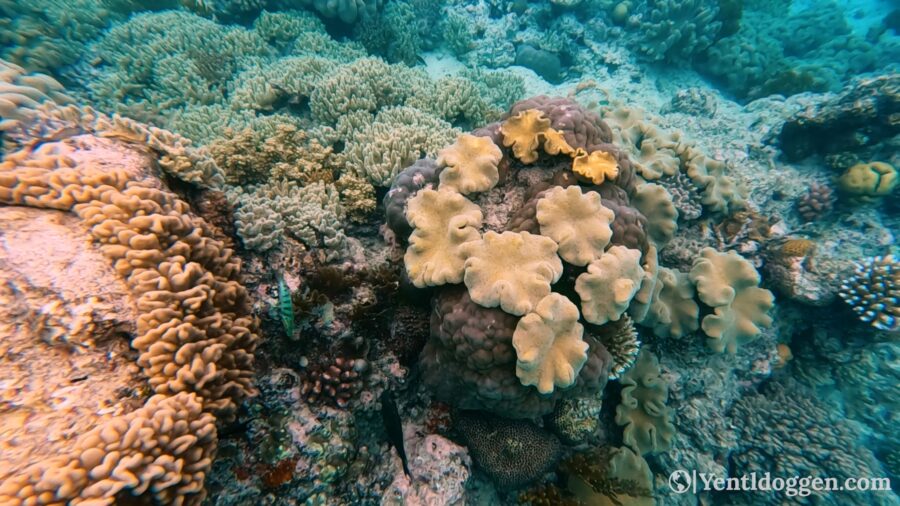
Choosing a dive school:
There are about 10,000 diving schools and centres worldwide, giving you plenty of choices. The vast majority of diving schools set high standards and will provide you with great information and gear to ensure excellent training, but not all of them do. It would be best if you considered some things to select the right diving school.
Price and quality:
As a traveller, it is always important to ask yourself how much of your budget you want to spend on doing a diving course. In some popular diving areas, lessons are much more expensive than outside, so waiting a couple of weeks might be worth it. On the other hand, maybe these diving schools are more expensive because they work with smaller groups. Since the diving instructor could work on more details, the quality of your training is higher. It is worth paying a little extra for better lessons. Western countries are generally more expensive than Asian countries. Although some Asian diving schools are known for the mass production of open-water students, lowering the quality significantly. If you do your research, ask other divers, read reviews and give diving schools a call, it is easy to find the one that suits you best.
Location:
Where are you, and where do you want to dive? Diving schools might be near you, and you don’t need to fly to Thailand to get your diving certification. It is worth researching the areas you want to dive in afterwards, as they might have a diving school. Most diving schools are near the ocean. If they have their own practise-pool, that is a big bonus point, as you don’t have resort guests kicking their legs around you.
Diving level:
What level of diving would you like to achieve? Are you planning to do the open-water course, or do you want to further your education afterwards? If you are committed to your underwater adventure, the Divemaster certification may become a possibility. Anyway, have a look at the courses your dive shop offers and at what prices. They may have a discounted package towards the divemaster or even an internship.
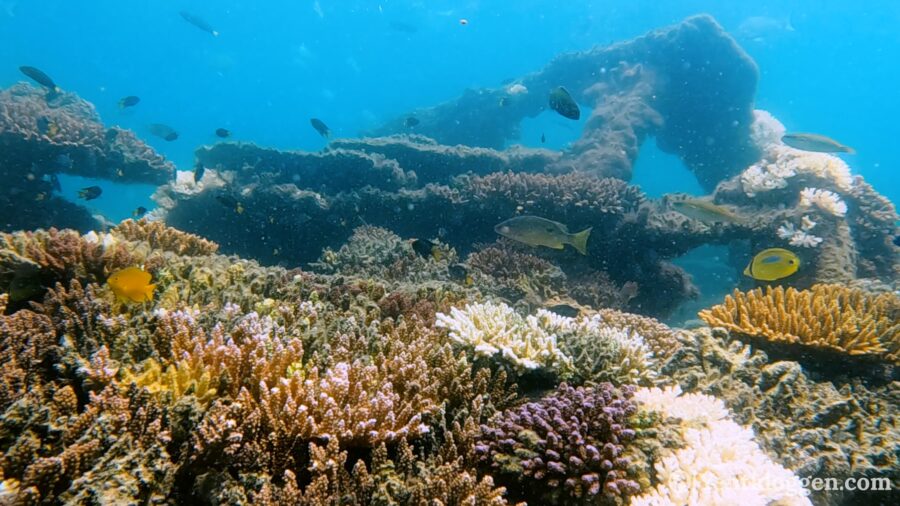
How long does a dive course take:
A standard open-water diving course takes four days to complete. Although, since dive courses are flexible and performance-based, different options are available that will either shorten or extend the period. The open-water diving course consists of three components. You only need an instructor for the confined and open-water dives. Most scuba dive training agencies allow you to study or e-learn the knowledge development part and shorten your course to 2,5 days. On the other hand, if conditions do not allow diving, it may take several weeks to complete your course.
What diving equipment is needed:
Although most professional divers have their own diving equipment, as a recreational diver or a diving student, the school will provide all equipment needed. You only need to bring your swimsuit as you will be in the water. Even after your diving course, as long as you stay within recreational diving, you don’t need to buy any equipment. Most diving spots and centres worldwide will have the equipment to hire. Let’s quickly look at the basics of diving equipment for your open-water course.
Masks, snorkel and fins:
A mask, snorkel and fins are the essential items a diver needs. The dive mask allows you to see underwater, and the snorkel will enable you to save the precious air of your bottle while at the surface. Fins are an extension of your legs and make it easier to swim without using your arms.
Exposure protection:
As you will learn in your diving course, water conducts heat from your body about 20 times faster than air. You will need exposure protection for most dives to avoid becoming dangerously chilled. Although various options are available, a wetsuit is most common during an open water course. In water above 22 degrees Celcius they usually give you a 3mm-thick suit. In water under 22 degrees, you can expect wetsuits between 5mm and even 7 mm.
Weight Systems:
Most people and exposure suits are buoyant, meaning you stay afloat on the water. To ensure you’ll make it underwater, you will carry weight systems. There are multiple options, but you most likely wear a weight belt with weights on the outside during your open water course. Some scuba diving schools work with integrated weights within the Buoyancy Control Device.
Scuba System:
A standard recreational scuba system has three components. Firstly, the high-pressure compressed gas cylinder, which holds your air. Secondly, a regulator that allows you to breathe underwater; and finally, a buoyancy Control Device (BCD).
High-Pressure Compressed Gas Cylinder:
Recreational divers wear a single cylinder full of air. The air is the same as we breathe every day, although it is compressed within the gas cylinder. To ensure that the gas cylinder doesn’t rust on the inside, the compressor filling up the tanks extracts the moisture. Depending on your dive school or centre, you may have steel or aluminium cylinders.
Regulator:
The recreational scuba system’s regulator regulates the gas cylinder’s air on demand and consists of four components. The most important one is your personal air source, as that’s the one you will be breathing through. A regulator also has an alternate air source if you need to share air with another diver. Furthermore, it has a submersible pressure gauge (SPG), showing you how much air is left in the tank. The last hose, the Low-Pressure Inflator (LPI), supplies air to your BCD.
Buoyancy Control Device:
The best way to describe a BCD is as an inflatable jacket. It holds all your scuba gear together and allows you to control your buoyancy. Because of the two buttons and the connection to the compressed gas cylinder, you can inflate or deflate the BCD making you positively, negatively and, more ideally, neutrally buoyant.
Instrumentation:
To avoid decompression sickness, you must know how long you’ve been underwater and how deep you went. These days, dive computers are widely used and give you all the information needed. Moreover, some dive computers have an integrated compass to assist you in your navigational skills and, more likely, your dive instructor in finding his way. Lastly, you will learn how to use a signalling device throughout your diving course. You should have an inflatable signal tube (visual) and whistle (audible) in your pocket.
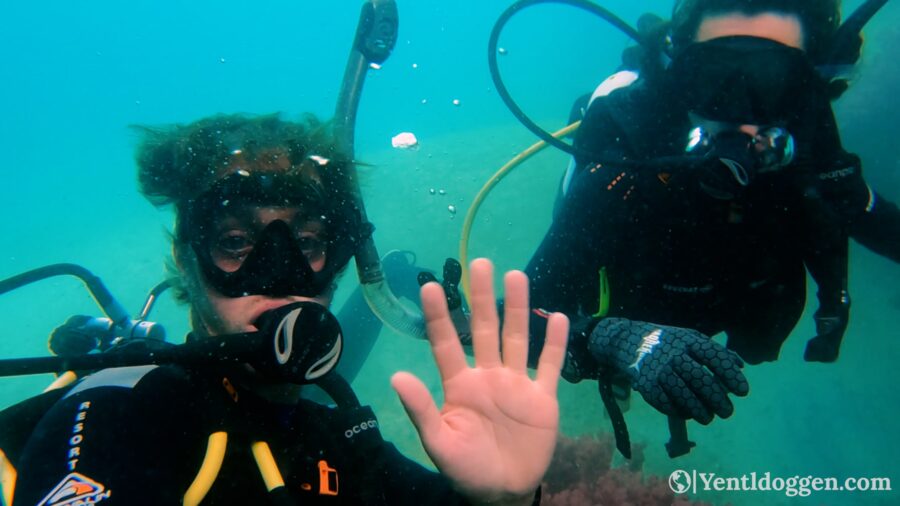
What to expect from an Open-Water scuba dive course (PADI):
An entire Open-Water course has three different sections spread out over four days. The first section is the knowledge development, the second is the five pool or confined water dives, and the third is completing four open water dives. This is what a schedule on a Scuba Dive Course can look like:
Day 1: During your first day, you will learn about the history of scuba diving and the general diving techniques you will use in the water. You will watch instructional videos and fill out a manual with self-assessments and knowledge reviews.
Day 2: The day starts with reviewing everything you learned on day one, followed by the pool or confined water sessions.
Day 3: Depending on the group’s progress on Day 2, you either start with a pool session or go to the ocean to complete two open-water dives.
Day 4: You will do two more open-water dives to finish your open-water course. At the end of day four, you’ll do a test to ensure you remember all the essential knowledge.
Confined Water Performance Requirements:
In the five confined water sessions, you will learn all the required skills to become an open-water diver. The great advantage of these pool sessions is that you can surface without complications whenever you are uncomfortable. The confined water session skills can be divided into three different sections. However, almost every skill section will be present in every confined water session. The first section is for the dry skills and the surface skills. This will ensure that you are fully trained for all pre-water activities and essential surface skills. The second section of skills is performed underwater in shallow water. The last skill section is entirely underwater, simulating actual open-water dive conditions.
Section 1: Dry and surface skills:
- Using the correct lifting technique, putting on and adjusting the entire scuba system, including mask, snorkel, fins and the weight belt.
- Inflating and deflating the buoyancy control device using the low-pressure inflator and performing a full pre-dive safety check with your diving buddy.
- Demonstrating an appropriate deep-water entry and exiting technique.
- Clearing your snorkel using the blast method while breathing without lifting the face out of the water.
- Exchanging the snorkel with a regulator and the other way around without lifting the face out of the water.
- Ten minutes of treading and 200 metres of swimming without scuba gear.
- Swimming for at least 50 metres while wearing the scuba system, breathing through a snorkel facedown while staying close to your buddy.
- Demonstrating a cramp release technique for yourself and your buddy and towing a tires diver for 25 metres.
Section 2: Underwater skills in shallow water:
- Breathing compresses air without breath-holding.
- Clearing a regulator filled with water using the exhalation and purge-button techniques and then resume breathing.
- Recover a lost regulator from behind the shoulder.
- Clearing a partially and fully flooded mask.
- Remove the mask, breathing without it for one minute, and replace and clear it afterwards.
- Breathe from an alternate air source supplied by another diver for at least 30 seconds after signalling the air depletion signal. Continue for at least one minute while swimming, surfacing and inflating the BCD orally.
- Simulate a controlled emergency swimming ascent by swimming horizontally or diagonally for at least 9 metres while making a continuous sound.
Section 3: Underwater Skills:
- Descend at a controlled rate into the water too deep to stand, equalising the ears and mask, using the five-point method and using the BCD to control your buoyancy without touching the bottom. Afterwards, ascend using the five-point method while using the BCD to control buoyancy.
- Using the low-pressure BCD inflation to become neutrally buoyant. Gently rise and fall in a controlled manner during inhalation and exhalation.
- Swim with the scuba equipment while maintaining control of direction and depth while staying within reach of your diving buddy.
- Locate and read the Pressure Gauge and signal when the air supply is low, along with recognising and demonstrating other hand signals.
- Hover using buoyancy control for 30 seconds without kicking or using your arms.
- Breathe from a simulated free-flowing regulator for at least 30 seconds.
- Remove, replace, adjust and secure the scuba kit with minimal assistance in water too deep to stand without losing control of buoyancy, body position and depth.
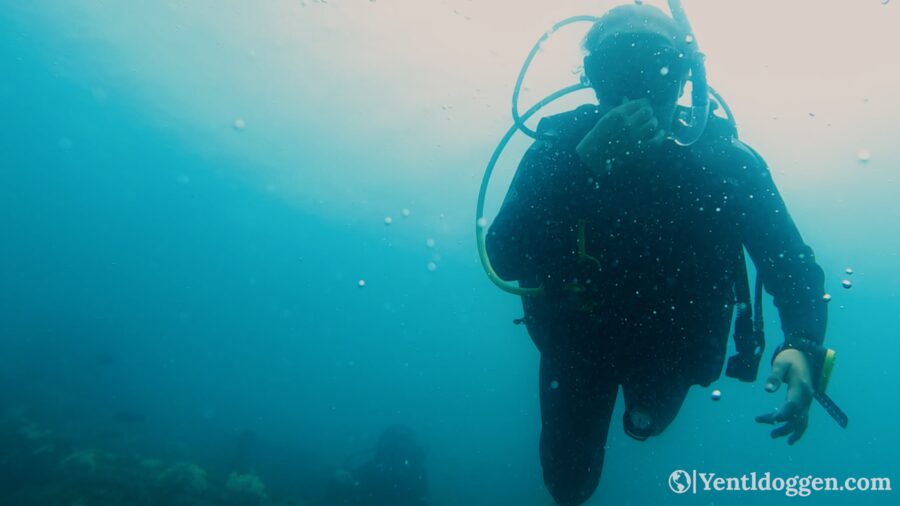
The four Open-Water Dives:
After completing the theoretical knowledge development and all the skills of your five pool or confined water sessions, it is time for the real thing! You are now ready for your four open-water dives. How these dives are executed depends a little on the location of your course, your diving school and your instructor. In most cases, you’ll do the open-water dives in the ocean by walking in from shore or by boat, but that can vary. Ensure reading well into the dive school’s program, so you know what to expect.
Going for your first four dives is a milestone in your diving career, but remember that you are still in training. There is still work to do. During these dives, you will repeat most of the skills you learned in the pool or confined water sessions and work on your equalising. You will try to balance yourself correctly and hold a good diving posture underwater with your instructor. You will learn the basics of diving in the first four dives, but as with any other sport, it takes time and skill development to become good at what you are doing!
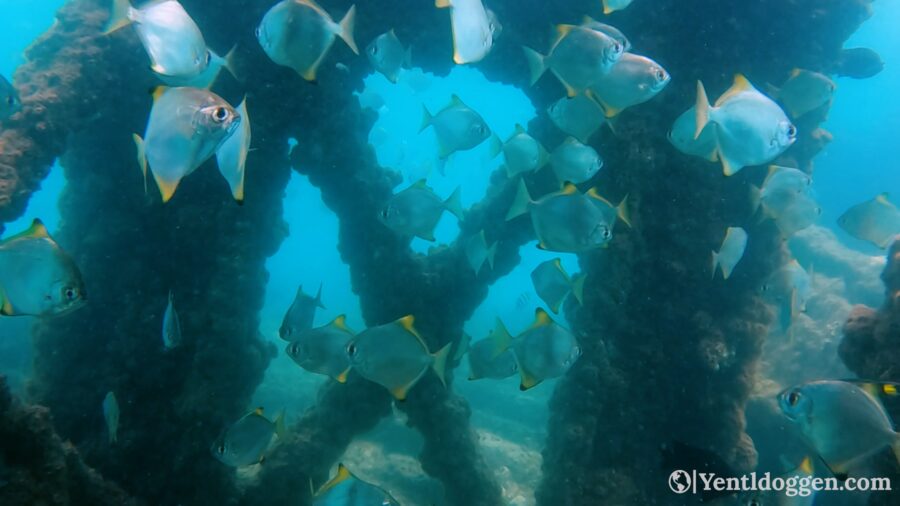
Pro tips to finish your diving course with success:
Being weightless and breathing underwater may seem bizarre at the start. You must trust yourself, the diving gear and your instructor. Dive Instructors are very patient and help you safely through whichever questions or concerns you have. During your diving course, you will be in safe hands. Just breathe, relax, and let the magic of being a diver kick in.
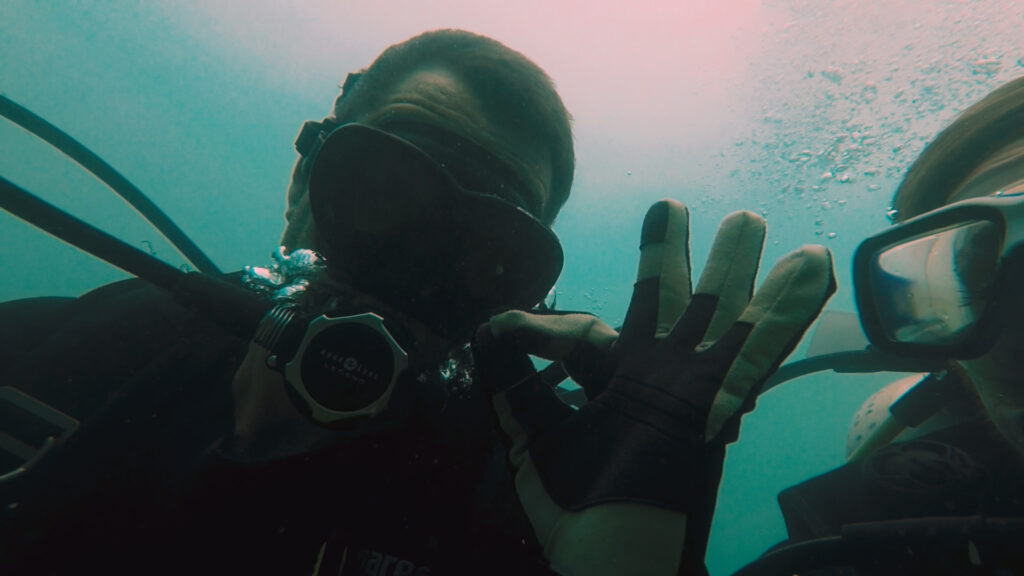
What to do when you are scuba diver certified:
Yay! Pat yourself on the back. You’ve accomplished something unique and pushed yourself by getting out of your comfort zone. A whole new world opens up when you finish your open-water course. From here, you can now dive worldwide until a depth of 18 metres. If you like diving, it might be worth expanding your knowledge on an advanced, rescue, divemaster or instructor course. Trust me; you wouldn’t be the first dive instructor to travel the world teaching other people diving skills.
Remember that if you don’t dive for an extended period (depending on your amount of dives, this is probably six months), you might need to do a refresher course. After your course, you shouldn’t just go jumping in the water. As you learned in your open-water course, you need experience and local knowledge of a dive site to dive there with a dive buddy. Go diving with a dive professional until you are ready for independent dives!
Do you have your open-water diver certification, or are you planning to get one? Do you have any questions or remarks after this article? Let us know in the comments below!
Are you enjoying our travel tips and tricks section? Please let us know in the comments below! If you need help or have questions about exploring this fantastic world, check out our travel guides or contact us through the contact page. We are happy to help with all your travel needs and questions! For more inspiration, ensure to check out our blogs and vlogs! To keep up-to-date with future adventures and travel guides, follow us on Facebook and Instagram, or subscribe to our newsletter. We can’t build this platform without our readers, so we thank you for your continued support. Stay tuned for many more adventures to come!


